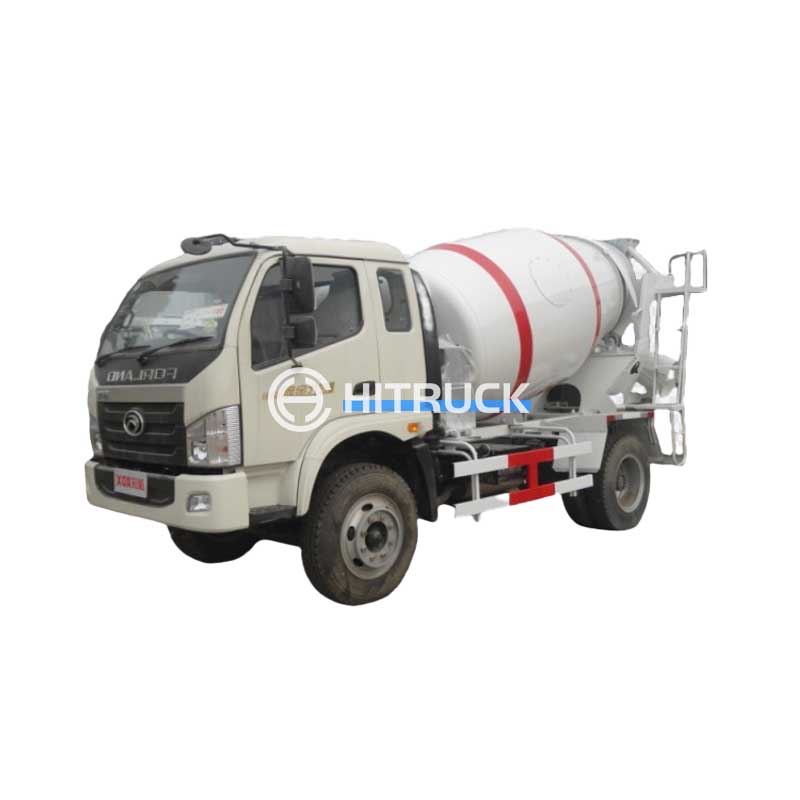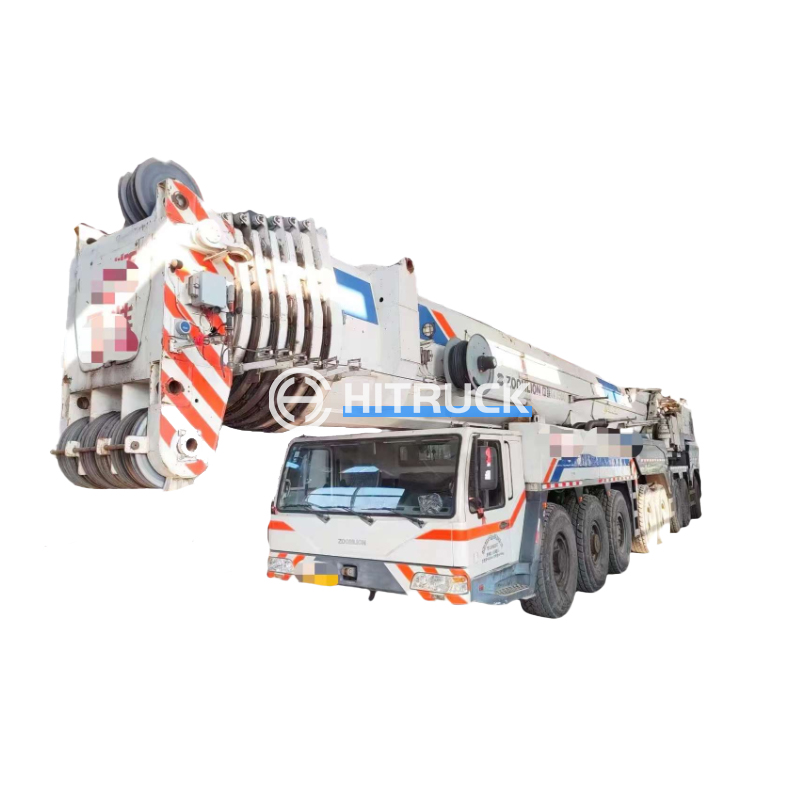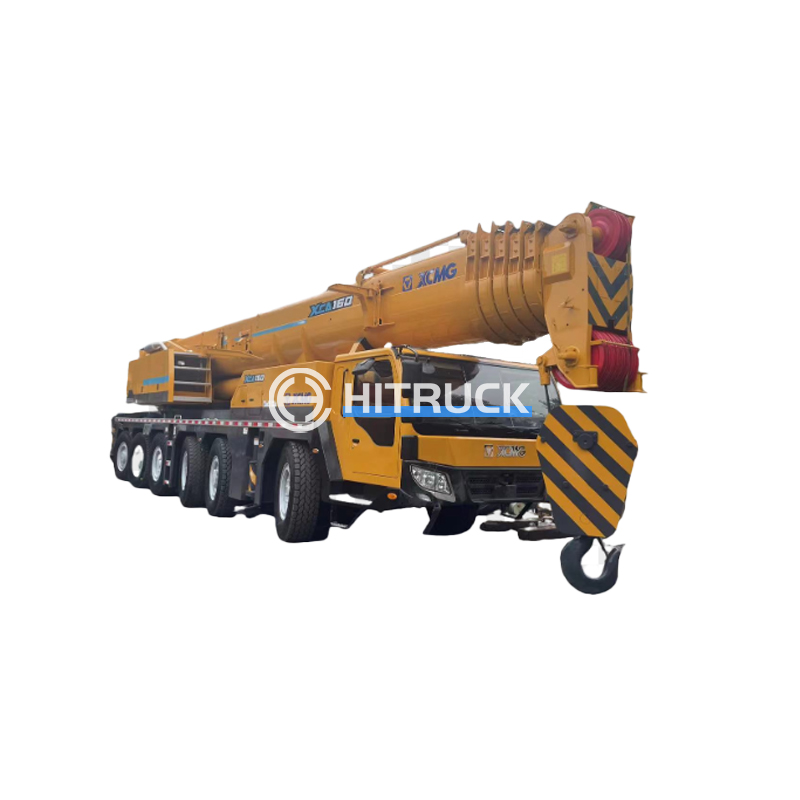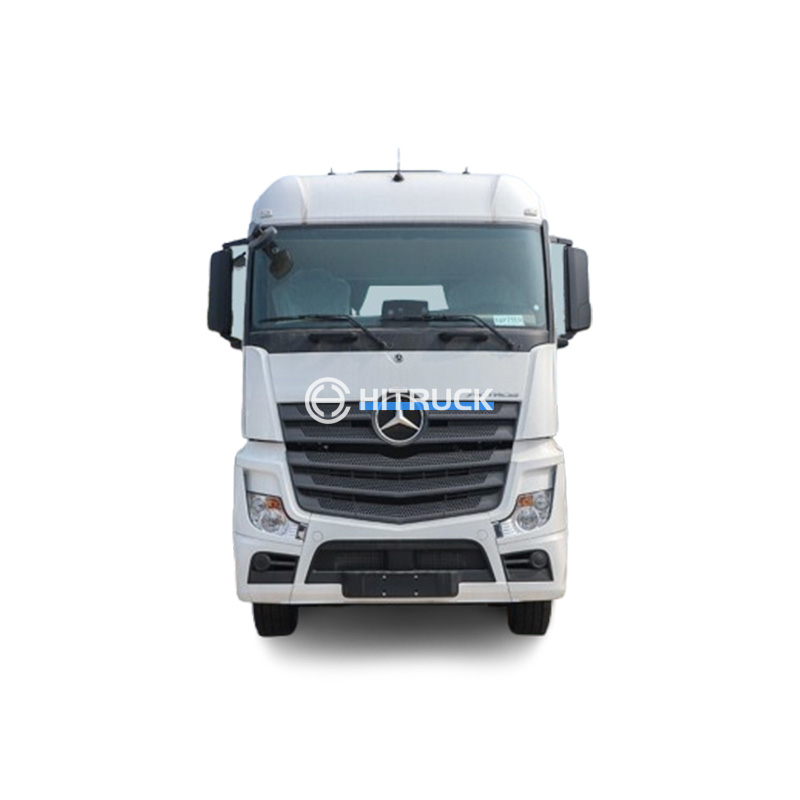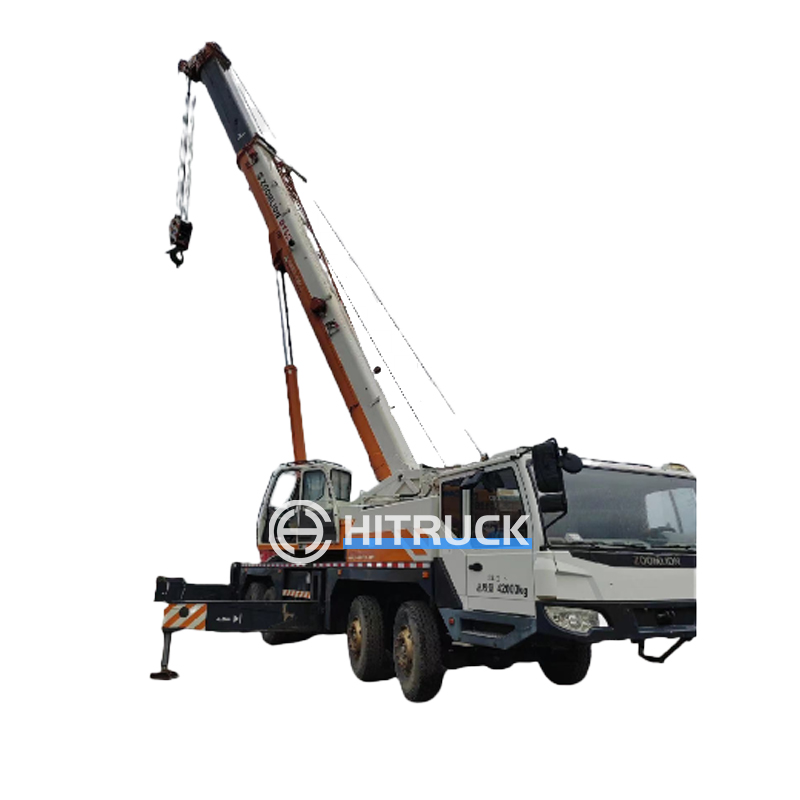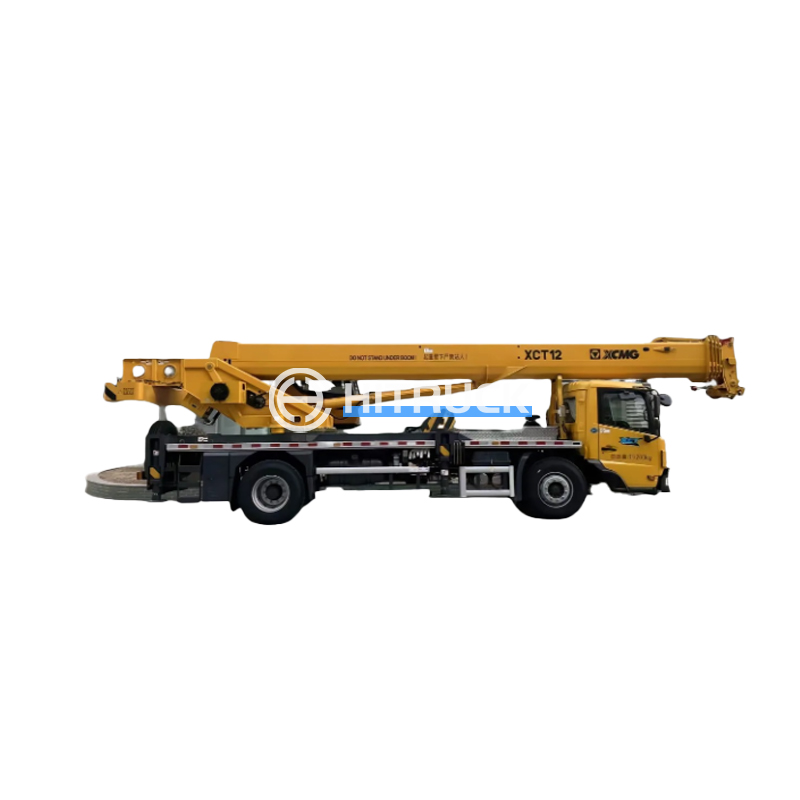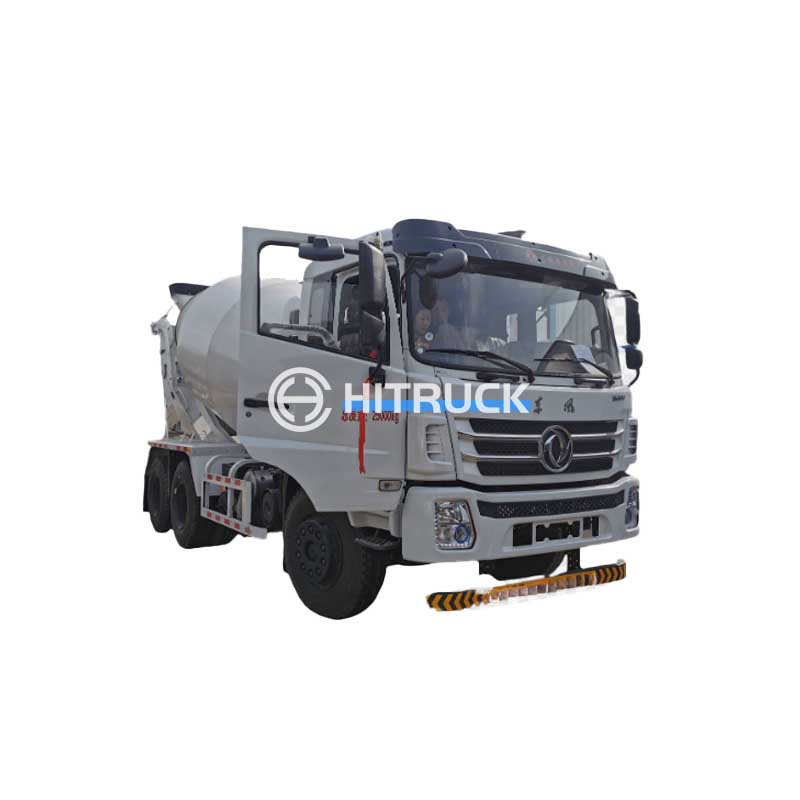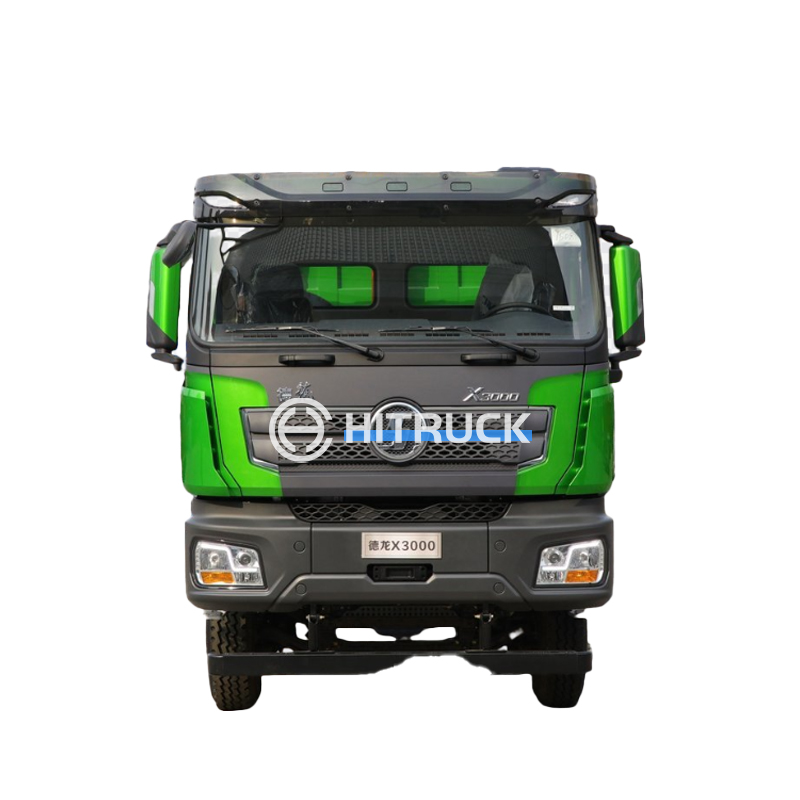This guide provides a detailed overview of climbing frame tower cranes, exploring their design, applications, advantages, and considerations for safe and effective use. We'll cover key aspects from choosing the right crane for your project to understanding the regulations and safety procedures involved. Learn how these specialized cranes optimize construction efficiency in high-rise projects.
A climbing frame tower crane is a type of tower crane designed to climb the structure it is building. This eliminates the need for dismantling and re-erecting the crane as the building height increases, significantly improving efficiency and reducing project timelines. Unlike traditional tower cranes, the climbing frame tower crane utilizes a climbing mechanism integrated into its structure, allowing it to ascend vertically in stages. This climbing system typically involves a series of hydraulic jacks or winches that lift the crane section by section.
A climbing frame tower crane comprises several key components working in concert: the mast, the climbing frame, the slewing mechanism, the jib, the hoisting mechanism, and the counter-jib. The climbing frame is the essential part, facilitating vertical movement. The crane's height is increased by attaching additional mast sections to the top, then the entire structure climbs using the climbing mechanism. The slewing mechanism allows for 360-degree rotation, providing flexibility in material handling. The jib extends horizontally, and the hoisting mechanism lifts and lowers loads. The counter-jib helps maintain balance. Different manufacturers offer variations in these components, impacting performance and capabilities.
The primary advantage of a climbing frame tower crane lies in its ability to climb. This significantly reduces the time and cost associated with crane erection and dismantling at each stage of construction. Other benefits include improved site safety by minimizing crane movements and enhanced operational efficiency. Its compact design often allows for use in confined spaces.
| Feature | Climbing Frame Crane | Traditional Tower Crane |
|---|---|---|
| Erection/Dismantling Time | Significantly faster | Longer and more complex |
| Cost-Effectiveness | Generally lower overall costs | Higher due to repeated erection/dismantling |
| Site Space Requirements | Often more compact | Larger footprint required |
Data based on industry observations and general comparisons.
Climbing frame tower cranes are particularly well-suited for high-rise building projects, residential towers, and complex infrastructure developments. Their ability to continuously ascend with the building minimizes disruption and allows for uninterrupted material flow. Their versatility makes them suitable for a wide range of construction tasks, from lifting heavy prefabricated components to transporting smaller materials.
Operating a climbing frame tower crane requires strict adherence to safety protocols. Regular inspections, qualified operators, and comprehensive risk assessments are crucial. Detailed maintenance schedules and operator training are essential for minimizing accidents. Thorough understanding of local and national regulations concerning crane operation and safety is paramount.
Construction projects involving climbing frame tower cranes must comply with relevant safety standards and regulations. These standards often detail aspects like crane selection, assembly, operation, maintenance, and inspection procedures. Consult relevant regulatory bodies and industry standards for the most up-to-date information.
Selecting the right climbing frame tower crane depends on several factors, including the project’s specific needs, the building's height and design, the weight of materials to be lifted, and the available space on the construction site. Consult with crane rental companies or manufacturers to determine the best fit for your project.
For more information on heavy-duty trucks and equipment, visit Suizhou Haicang Automobile sales Co., LTD.

